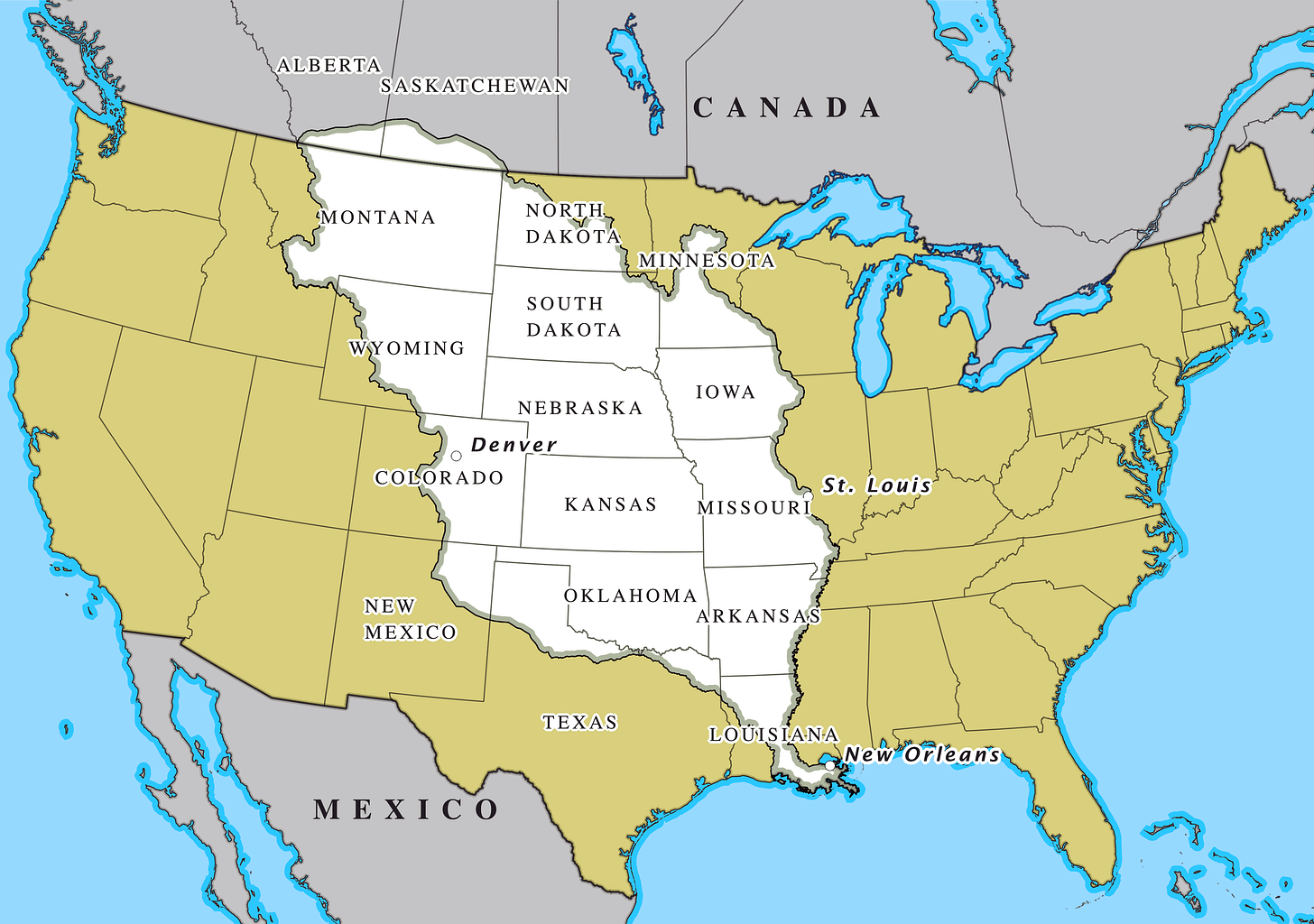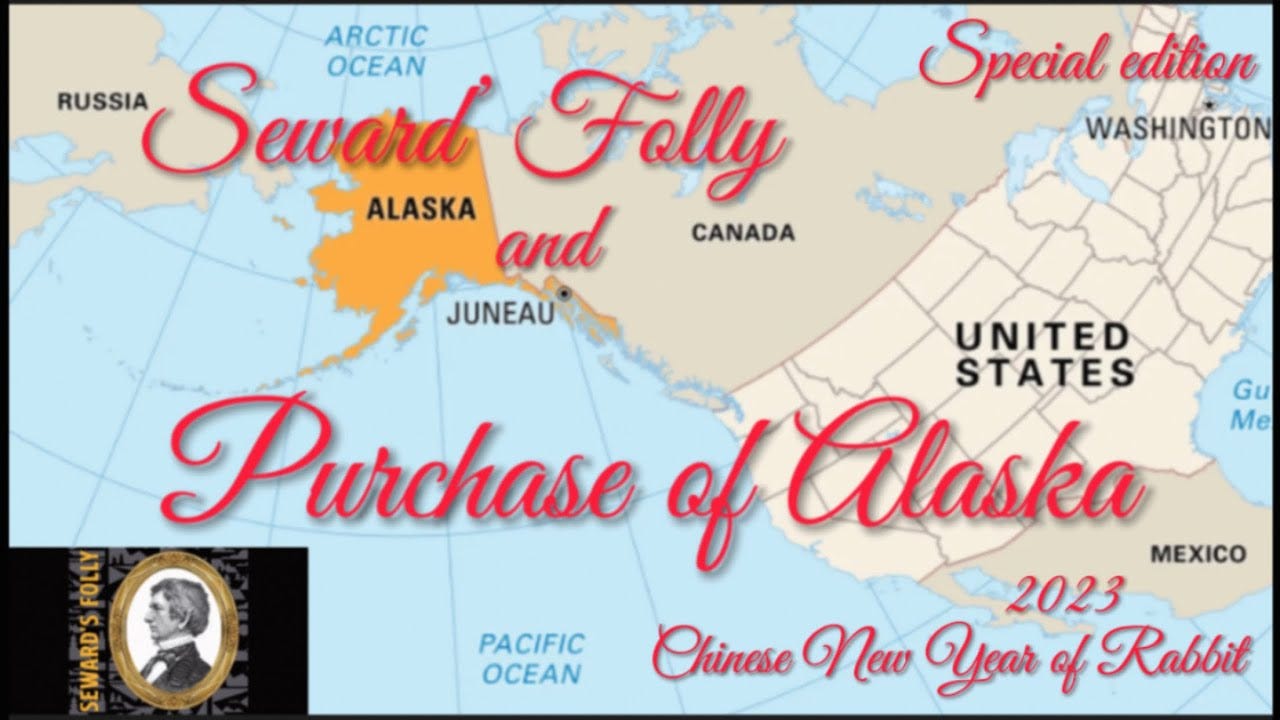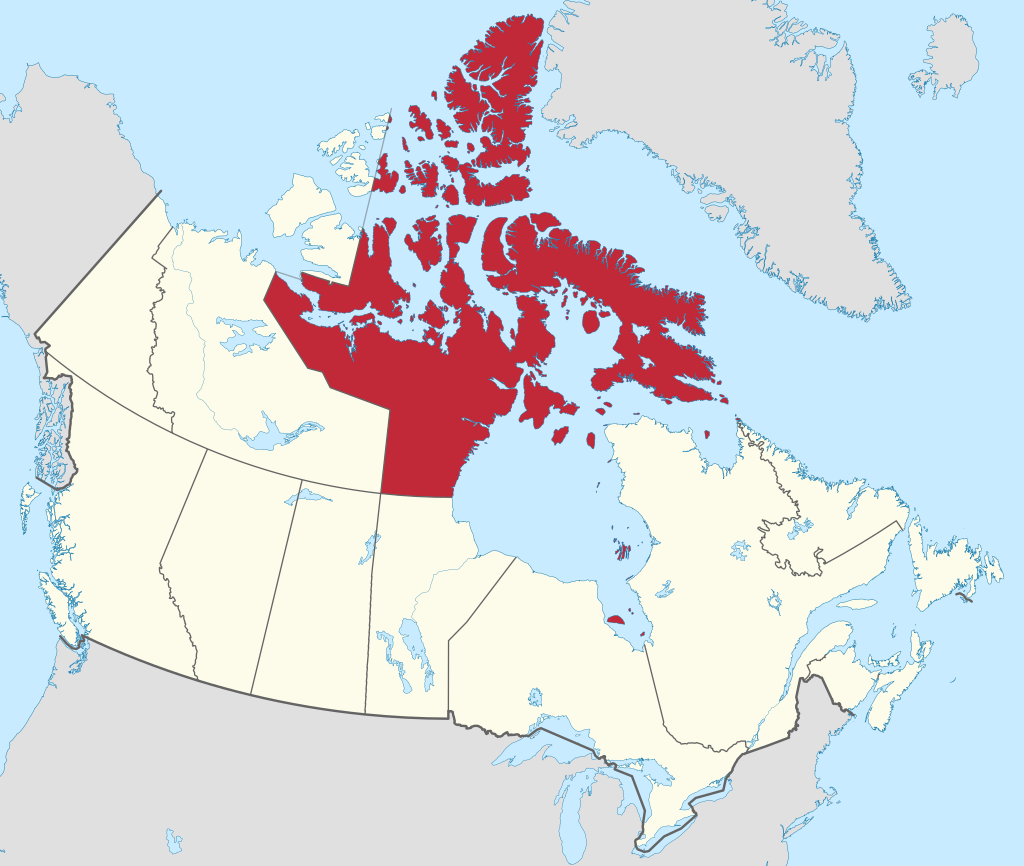Location, Location, Location
How Canada Quietly Handed Over Its Resource-rich Territory and No One Noticed
"A good location makes a good investment." – George D. Yancey
In the early 19th century, the United States made two landmark land acquisitions: the Louisiana Purchase in 1803 and the Alaska Purchase in 1867. These acquisitions, though met with skepticism at the time, turned out to be among the most strategically and economically significant decisions in American history.
The Louisiana Purchase — an agreement that added 828,000 square miles to the United States for just $15 million (about 3 cents an acre) — was a pivotal moment in U.S. history. While some critics viewed the purchase as a wasteful expansion into uncharted and untamed wilderness, Thomas Jefferson, despite his initial reservations, recognized its strategic and economic potential. The acquisition effectively doubled the size of the U.S., bringing in territory that would later become home to much of the Midwest and the West.
While the land itself was vast, the resources it offered were even more valuable. The Mississippi River and its tributaries provided a crucial transportation network, while the fertile plains of the region promised agricultural wealth. The Louisiana Purchase also laid the groundwork for the U.S.'s future as a global economic powerhouse, thanks to the discovery of mineral, timber, oil, and natural gas reserves. The region’s wealth in farming and energy resources helped position the U.S. as a key player in global industry and energy production.
In 1867, the U.S. purchased Alaska from Russia for just $7.2 million, or about 2 cents per acre. At the time, the purchase was widely ridiculed as “Seward’s Folly,” with critics questioning why the U.S. would invest in such a cold, remote territory with little immediate value beyond its fur trade. However, Alaska would soon prove its worth, transforming into one of the most strategically and economically valuable regions in the United States.
Alaska's true value became evident as its vast oil reserves — particularly in the North Slope — were discovered to be among the largest in the world. The completion of the Trans-Alaska Pipeline in 1977 facilitated the transportation of oil from the North Slope, and the reserves remain estimated at over 35 billion barrels. By the 1980s, Alaska became a major supplier of U.S. natural gas and oil. Its military significance also grew, especially during the Cold War, with Alaska’s proximity to Russia making it a vital defensive outpost. Today, Alaska’s geopolitical importance remains crucial, especially as the Arctic region becomes increasingly contested in global affairs.
Today, the Arctic region is once again a land of vast potential, and Canada’s Nunavut is poised to play a pivotal role in global geopolitics. While the Louisiana and Alaska Purchases are celebrated for unlocking immense natural resources, few realize that Canada underwent a similarly significant land transfer in 1999 with the creation of Nunavut. This vast territory, larger than most countries, is rich in oil, natural gas, gold, and minerals, yet the global community has largely overlooked its significance.
Keep reading with a 7-day free trial
Subscribe to The Monetary Skeptic to keep reading this post and get 7 days of free access to the full post archives.







